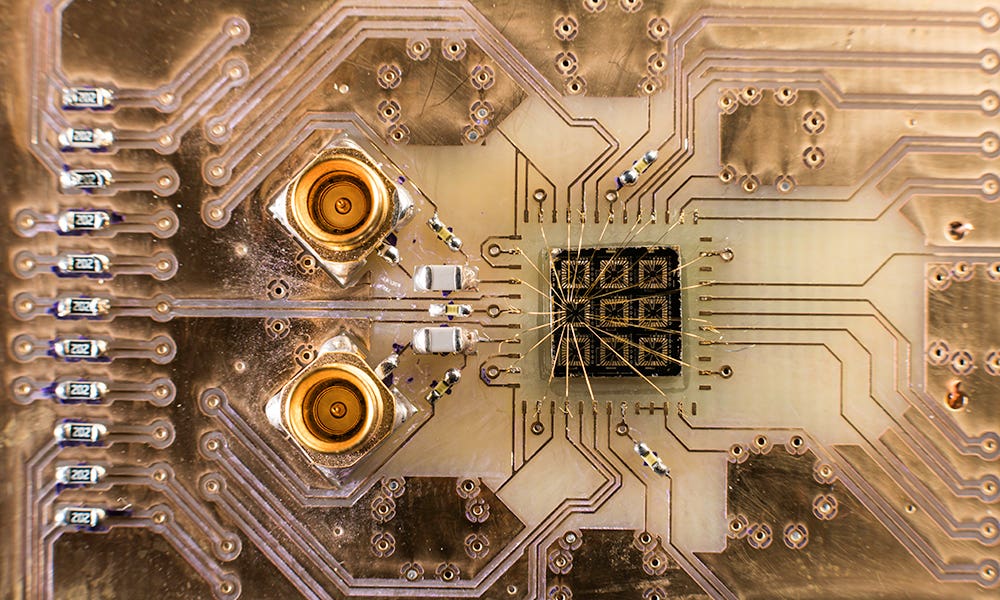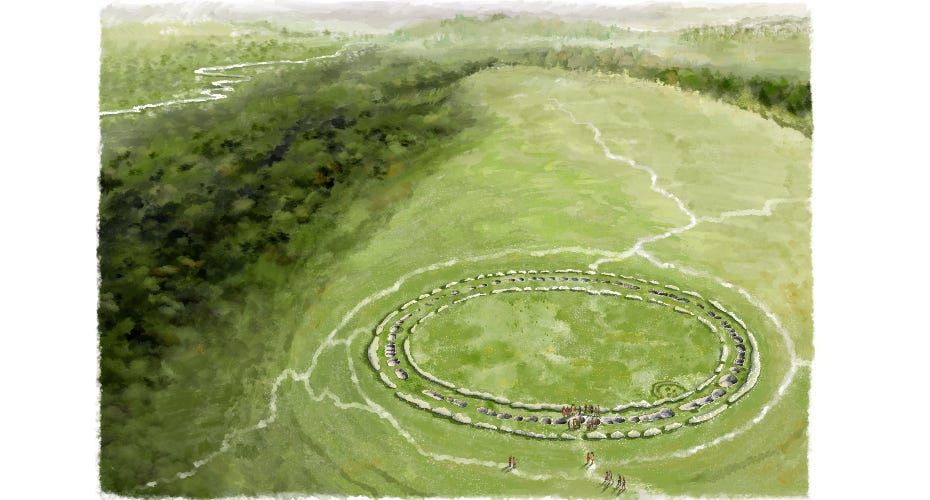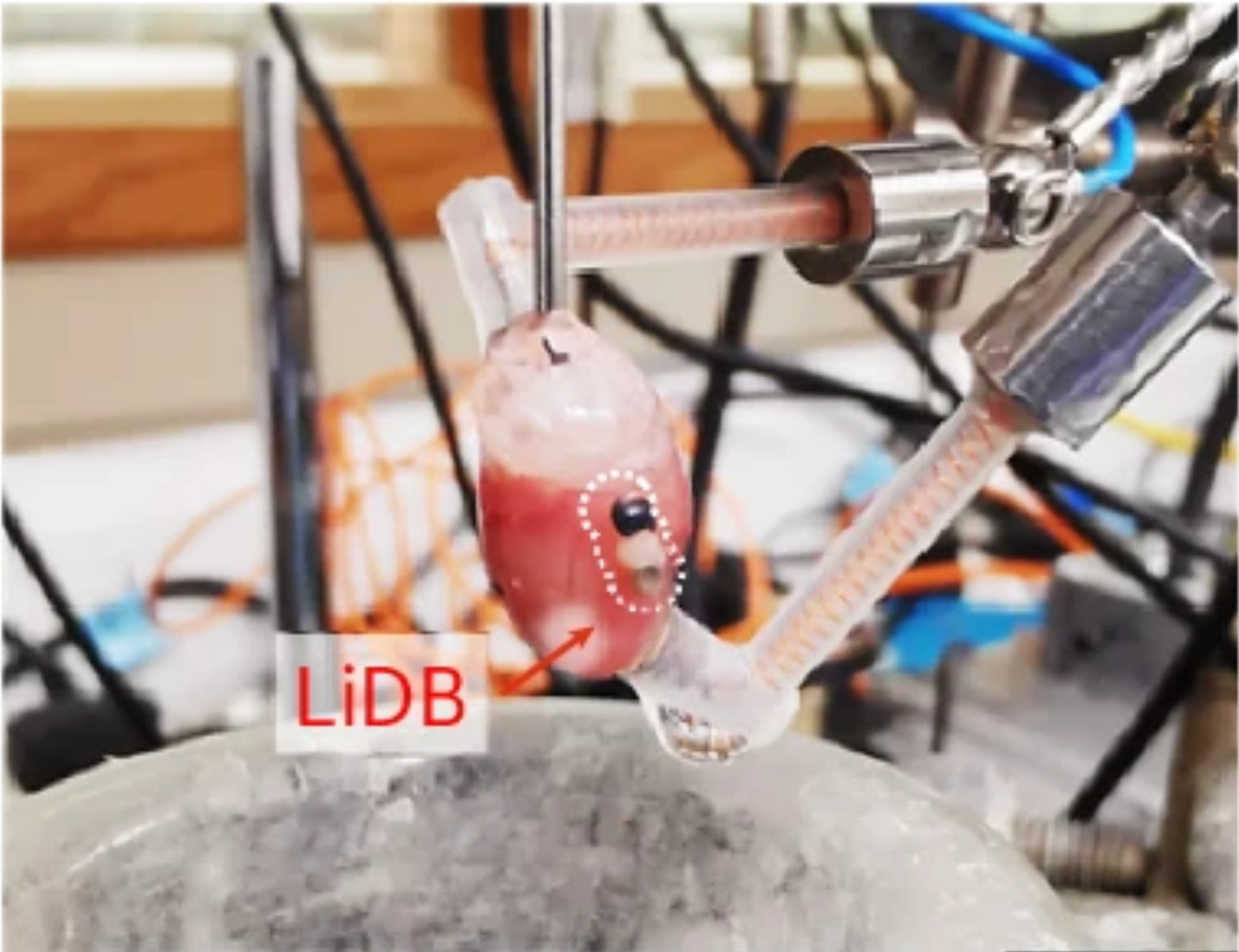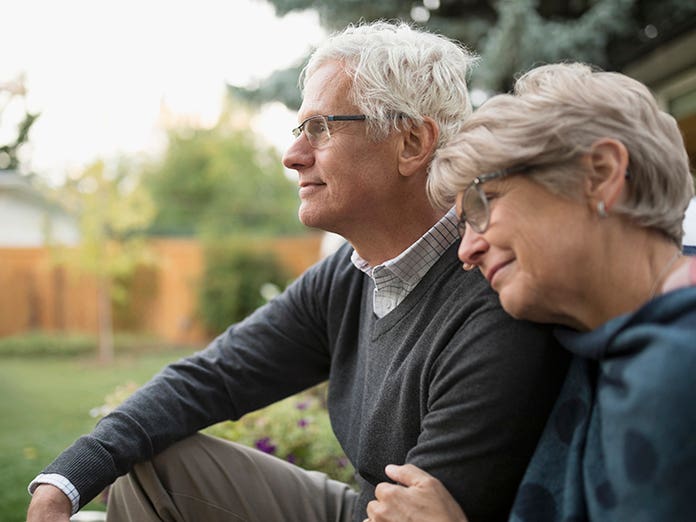Groundbreaking quantum computers harvest and teleport energy from empty space
Researchers harness quantum computing to teleport and store energy using qubits, turning a decade-old theory into practical innovation

A quantum processor semiconductor chip is seen connected to a circuit board. (CREDIT: University of Rochester photo / J. Adam Fenster)
Harvesting energy using quantum computing might sound futuristic, but researchers at Purdue University in the US have turned this concept into reality.
By leveraging quantum physics principles, they achieved something once considered a mere thought experiment—using quantum entanglement to teleport energy, store it, and potentially use it in practical applications. This idea, proposed over a decade ago, has now been realized with recent advancements in quantum technology.
Quantum physics is an evolving field filled with unknowns. New theories often emerge and undergo extensive testing before becoming established principles that guide our understanding.
One such principle is that a perfectly empty space—often called a vacuum—doesn't truly exist in the quantum realm. Even if space were devoid of atoms, tiny quantum fields would still linger, manifesting phenomena like quantum entanglement.
The Concept of Teleporting Energy
Quantum entanglement is one of the most intriguing phenomena in quantum physics. It describes a situation where particles share a connection so deep that the quantum state of each particle cannot be described independently of the others, even if they are far apart. Essentially, changes in one particle can instantly affect another, regardless of distance.
Related Stories
Back in 2008, Masahiro Hotta, a researcher from Tohoku University in Japan, introduced an innovative idea. He suggested that the small quantum fluctuations found even in an empty vacuum, when entangled, could be harnessed to teleport energy. This concept remained a theoretical exercise for more than a decade until the rapid progress in quantum computing made testing it feasible.
When researchers eventually attempted to apply Hotta's theory, they managed to teleport energy through quantum entanglement. However, they faced a significant challenge: the teleported energy couldn't be stored efficiently and was lost to the environment. It seemed that teleporting energy was possible, but storing it for practical use remained a hurdle.
Quantum Computing: The Key to Energy Storage
This is where the team led by Sabre Kais, a professor of chemistry, electrical engineering, and computer engineering at Purdue University, made an important breakthrough. Kais and his team discovered how to use qubits—the fundamental components of quantum computing—to store this teleported energy effectively.
In their experiment, the researchers used qubits that were in their lowest energy state, effectively simulating an almost perfectly empty space. In theory, these qubits should have no energy. However, due to the inherent quantum fluctuations, even the emptiest space retains some energy. The team used this property to their advantage.
When two qubits were entangled and then separated, even the slightest interaction caused changes in their energy state. Measuring one qubit's energy caused a small increase, which was mirrored in the entangled qubit. Interestingly, this change wasn’t immediately obvious from the other qubit’s perspective.
However, if the energy increase in the measured qubit was precisely quantified, researchers could then extract this extra energy from the entangled qubit, effectively bringing both qubits back to their initial energy state.
Kais' team demonstrated that this surplus energy could be stored in another qubit, making it accessible for future use. They successfully validated this concept using quantum computing simulations. The fact that qubits—devices designed to process quantum information—could also store energy was a significant step forward.
Simulations and Future Directions
Although the experiments were conducted using simulations, they represent the closest approximation to physical testing currently possible in the realm of quantum computing.
The results were promising, with high levels of agreement between theoretical predictions and the outcomes of the simulations. Kais and his colleagues now aim to utilize this teleported energy to drive chemical reactions, which would bring the process closer to real-world applications.
In the broader context of physics, vacuums are not truly devoid of anything. Quantum fluctuations within a vacuum give rise to virtual particles, leading to phenomena such as spontaneous emission, vacuum polarization, the Casimir effect, and the Unruh effect. A vacuum also contains zero-point energy—the lowest possible energy a quantum system can have. Researchers have long found the idea of extracting and storing this vacuum energy both fascinating and potentially valuable.
Several methods for extracting energy from a vacuum have been proposed over the years, including electrical rectification, mechanical extraction using Casimir cavities, and even pumping atoms in such cavities. However, none of these approaches have yet been successfully demonstrated in a practical setting. Doubts persist about whether these methods could actually work.
Fortunately, the emergence of a new approach, involving the use of quantum information science, has breathed new life into the quest to harness vacuum energy. Masahiro Hotta's quantum energy teleportation (QET) protocol was a game-changer.
This method used the principles of quantum entanglement to extract energy from a vacuum, leading to numerous theoretical studies across different quantum systems. Recently, this concept has been experimentally demonstrated using nuclear magnetic resonance (NMR) systems and IBM's superconducting quantum computers.
How Quantum Entanglement Enables Energy Transfer
In simple terms, the energy teleportation process works because quantum entanglement creates a special kind of connection between particles. Imagine two qubits—units of quantum information—that start in the lowest possible energy state. When these qubits are entangled, any small action on one qubit affects the other, even if they are physically separated by large distances.
If you measure the energy of one qubit, its energy level rises slightly due to the measurement interaction. This energy increase is shared between the entangled pair. After this, the energy that was gained can be quantified and, surprisingly, extracted from the other qubit, which still appears untouched.
The Purdue researchers took this idea a step further. They used quantum simulations to show that the energy obtained from these interactions could be stored in a new qubit for later use. Such storage could lead to more controlled and effective applications of quantum energy teleportation, potentially enabling energy harvesting and use on demand.
Practical Implications and Future Applications
Quantum computing is still in its early stages, but its potential applications are growing rapidly. The ability to teleport and store energy using quantum entanglement could have far-reaching consequences for various technologies. Kais and his team want to see if the teleported energy can be used to initiate chemical reactions. This step could pave the way for more direct applications, such as influencing biological or chemical processes in highly controlled environments.
One of the key challenges that remains is moving from simulated experiments to real-world tests. The quantum energy teleportation experiments performed by Kais’ team, though conducted on quantum computers in a simulated environment, are still impressive in their own right. They represent a significant advance in our ability to manipulate energy in ways that were purely theoretical just a decade ago.
In the coming years, advancements in quantum computing hardware and software will likely allow for more direct experimental tests of these ideas. If successful, these experiments could revolutionize how energy is harvested, stored, and used, offering a new paradigm of energy systems based on quantum principles.
Note: Materials provided above by The Brighter Side of News. Content may be edited for style and length.
Like these kind of feel good stories? Get The Brighter Side of News' newsletter.
Joshua Shavit
Science & Technology Writer | AI and Robotics Reporter
Joshua Shavit is a Los Angeles-based science and technology writer with a passion for exploring the breakthroughs shaping the future. As a contributor to The Brighter Side of News, he focuses on positive and transformative advancements in AI, technology, physics, engineering, robotics and space science. Joshua is currently working towards a Bachelor of Science in Business Administration at the University of California, Berkeley. He combines his academic background with a talent for storytelling, making complex scientific discoveries engaging and accessible. His work highlights the innovators behind the ideas, bringing readers closer to the people driving progress.



